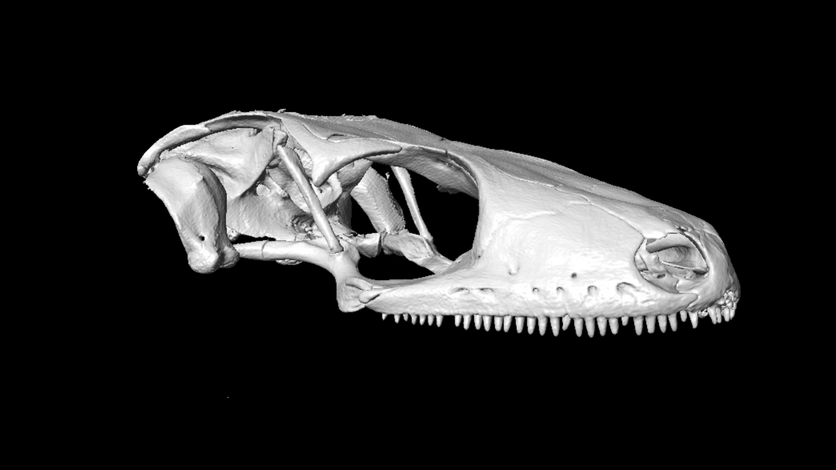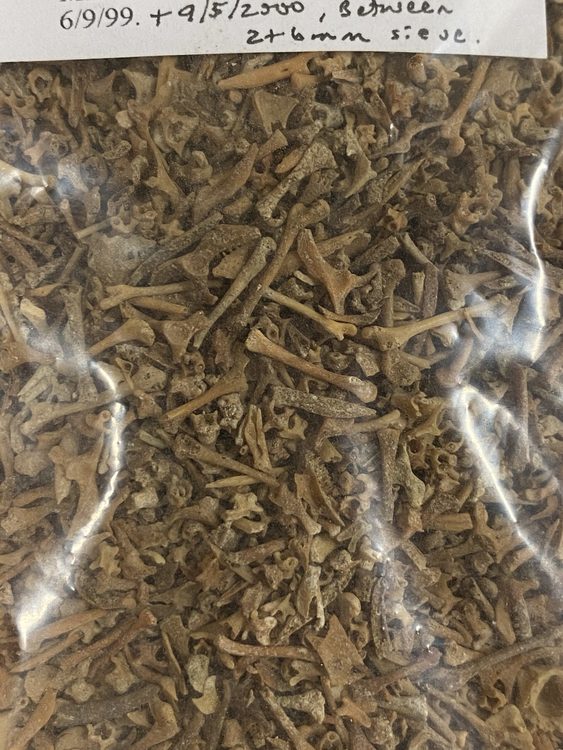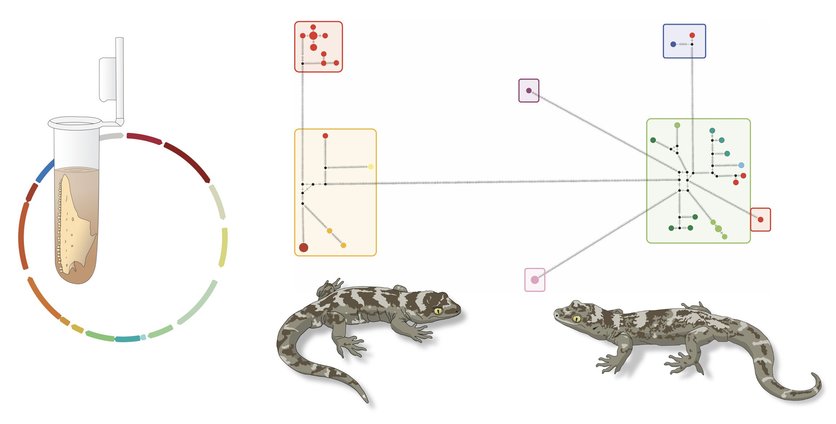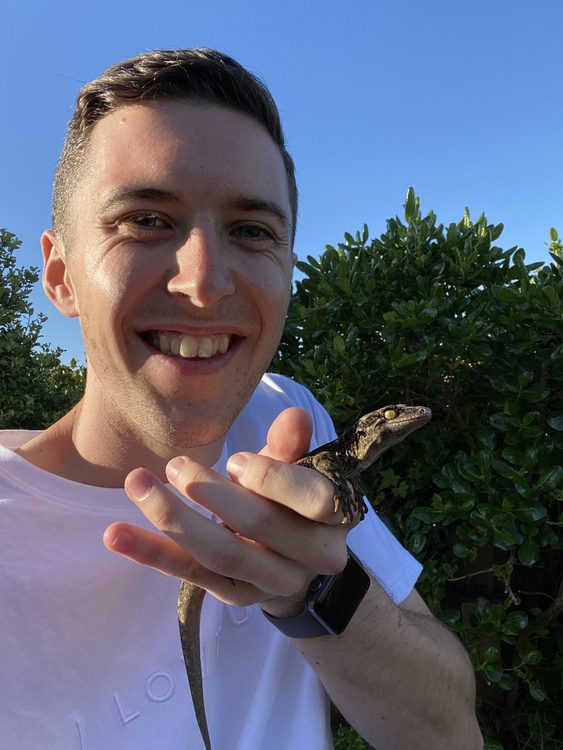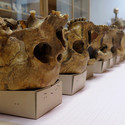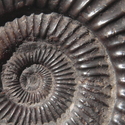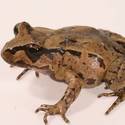Dr Nic Rawlence tells us about the amazing research by one of his students, who developed a specialised technique that allows scientists to non-destructively extract ancient DNA from various tiny fossil remains or taonga tūturu and sequence their genomes.
Ask any museum curator if you could destroy the only known bone of a diminutive extinct animal for genetic research, and the answer, once the curator had regained their composure…well, I’ll leave that one to your imagination.
Walk into the behind-the-scenes collection at any museum in Aotearoa New Zealand and you’re immediately drawn to the big things, whether that’s historical taxidermy, like imposing carnivores with their glassy eyes that eerily follow you around the room, or the skeletons of marine leviathans that once explored the ocean’s depths. Yet tucked away, dwarfed by the adjacent shelves upon shelves of carefully curated moa drumsticks, is a single non-descript wax-lined box full of tiny treasures. Hundreds of precious fossil gecko bones from before the arrival of humans, some thousands of years old.
Scientific attention has always been drawn to the Brobdingnagian giants, which can handle having small chunks of bone cut out for ancient DNA research without erasing any of the tell-tale bumps that help differentiate species; like a heavy-footed moa from a giant moa. Try the same on one of these tiny Lilliput gecko bones though, which at most are half the size of my pinkie fingernail, and all you’d have left is an empty box. Who said size doesn’t matter?
But what if you could reconstruct the gecko’s genetic whakapapa without destroying the very bone that has kept its secrets for thousands of years? What about the myriads of other small bones hiding on museum shelves for that matter be it skink, frog, or bird, recovered through years of painstakingly sieving mountains of dirt? Or even taonga tūturu – a bone comb, awl, or fish-hook for instance, with significant cultural importance.
Queue my fantastic Masters’ student Lachie Scarsbrook, currently at the University of Oxford, who developed a specialised technique that allows scientists to non-destructively extract ancient DNA from these precious remains and sequence their genomes – with not even a micro-CT scanner capable of detecting any change before and after the process. But first, how did we get here?
We know a lot about the impacts of human arrival in Aotearoa. But that knowledge is mostly restricted to our charismatic megafaunal giants – the moa, pouakai Haast’s eagle, and rāpoka sea lions to name a few. By comparison, we know virtually nothing about some of our smallest inhabitants – up to three frogs and potentially one skink have gone extinct. But what about geckos; a unique lineage that has adapted to life on the coast up to the sub-zero alpine zone, stretching from the tip of Cape Reinga to Rakiura Stewart Island?
Gecko bones have been discovered in fossil sites across New Zealand, ranging from cave sites to sand dunes and predator deposits (think regurgitation from the extinct laughing owl and falcons at their roost sites). However, these jumbled, half-digested assemblages have been a little bit of a black box. It had been thought that you couldn’t distinguish gecko bones by their shape, so they were coarsely binned into quasi-taxonomic size classes comparable to living geckos – big fossil gecko bone equals biggest living gecko. The problem is that most of Aotearoa New Zealand’s geckos show considerable overlap in size … not exactly helpful when you are trying to discriminate between species.
What we set out to do (well, let’s be honest, Lachie did all the hard work) was use a combination of 3D scanning and palaeogenomics to crack the gecko DaVinci Code. 3D scanning of living gecko jawbones amazingly showed that we could in fact distinguish different gecko genera using shape alone – turns out size doesn’t matter after all. The upshot was that all previous sized-based identifications were likely wrong… meaning what we know about New Zealand’s geckos at the time of human arrival is now tabula rasa, a palaeontological clean slate.
Interestingly, when we analysed the CT scans of the ‘large’ size class (think a 10-cent piece) of fossil geckos from mainland New Zealand loosely identified as ‘Duvaucel’s gecko’, they looked very different to living individuals. Were we dealing with an unknown, now-extinct species, or the loss of morphological diversity as Duvaucel’s gecko was exiled to offshore islands after rats arrived on the scene? To answer this, we needed access to the genetic memory stored in these unique individuals, but using conventional methods meant destroying these taonga.
What Lachie developed not only unlocked this molecular secret but potentially vast swaths of natural history and archaeological collections globally to similar genetic analysis. Through soaking out ancient DNA (in a lukewarm bone bath complete with a protein-munching enzyme) from these small fossil bones and sequencing their genomes, not only were we able to show that Duvaucel’s gecko underwent a massive loss of morphological diversity during its exile, but we could retrace the biological heritage back five million years to the Miocene-Pliocene boundary.
This wasn’t the greenhouse world of the early Miocene, made famous by the St Bathans fossil deposit that recently produced a large fossil duck – it was a world slowly cooling towards the coming Ice Age and a very different, geologically dynamic New Zealand. The tupuna ancestors of today’s Duvaucel’s gecko crossed the Manawatu Strait, that separated the two main islands of New Zealand, around five million years ago – the rough and tempestuous Cook Strait didn’t exist until around 500,000 years ago – and evolved in isolation on the North and South Island for millions of years. So much so we think they are different species…but that will take more work to prove.
On the South Island, Duvaucel’s gecko would be exposed to the full force of the Ice Age, contracting into and expanding out of northern and southern refugial utopia with the movement of vast ice sheets that developed on the freshly formed Southern Alps. Populations were further isolated on offshore islands in Cook Strait like castaways, as sea levels rose at the end of the Ice Age. In the North Island, it was a tale of two different worlds – deep lineages resided in remote and rugged areas like Waitomo and Northland, and old islands such as Poor Knights and Great Barrier, compared to shallow lineages on other offshore islands that were connected to the North Island by now drowned runways, that until relatively recently were high and dry.
From our freshly dusted chalkboard, we have teased apart how Duvaucel’s gecko responded to past climatic and human impacts, which is already allowing evidence-based conservation management of these taonga species. But that’s not all. We now are using these techniques to finally reconstruct the long-lost ecological history of Aotearoa New Zealand’s other geckos and skinks (sized-based identifications have plagued this group too), and frogs and tuatara, in collaboration with the Department of Conservation and Māori iwi.
Far from forgotten on a museum shelf amongst the giants and leviathans that steal people’s hearts and attention, these smallest of bones are starting to reveal the biggest of secrets. Secrets that will no doubt change what we know of the herpetofauna of Aotearoa. I say, bring it on.
Related content
Explore our resources on reptiles and amphibians in this introductory article.
Discover the answer to why it is important to extract ancient DNA.
Dr Nic Rawlence also wrote this article about Foulden Maar, focussing on the importance of protecting this valuable fossil-rich site.
Palaeo-ecology, archaeology and matāuranga Māori share philosophies of learning from the past. Could this lead to the resumption of traditional harvesting practices of some native species? Nic was one of the authors of this article.
This technique could have been used on the tiny fossil that revealed a previously unrecognised hominin – Denisovan.
Read the fascinating story of how an elusive new species of gecko was identified and named. Dr Nic Rawlence and Lachie Scarsbrook were part of the research team.
Activity ideas
Try this activity with your students to help illustrate the key similarities and differences between skinks and geckos.
The activity Create a lizard-friendly habitat provides students with ideas on how to attract skinks and geckos to the school grounds.
Fossil correlation – students date fossils from one site by matching them to fossils already dated somewhere else, using real data from Mangahouanga.
Useful links
Read Lachie’s paper Ancient mitochondrial genomes recovered from small vertebrate bones through minimally destructive DNA extraction: Phylogeography of the New Zealand gecko genus Hoplodactylus.
Find out more about Duvaucel's gecko on The New Zealand Herpetological Society website.
In this Science at University of Otago Facebook post from April 2021 read about Lachie Scarsbrook's science journey: from early fossil fossicking, to ‘tanking’ his NCEA Level 3 examinations, to his pioneering work on ancient DNA and morphometrics at the University of Otago, ending with being awarded a Clarendon Scholarship to undertake a fully funded Doctorate in Archaeological Science at the University of Oxford.
Follow on Twitter: Lachie Scarsbrook @LJScarsbrook and Dr Nic Rawlence @nic_rawlence_nz and @Zoology_Otago.
Acknowledgement
Our thanks to Dr Nic Rawlence, Otago Palaeogenetics Laboratory, University of Otago for permission to publish this article. The original article was part of the SciBlogs Lost Worlds, Vanished Lives series.
About the author
Dr Nic Rawlence is a Senior Lecturer in Ancient DNA in the Department of Zoology at the University of Otago and also the Director of the Otago Palaeogenetics Laboratory. Nic's research focuses on using ancient DNA, palaeontology and palaeoecology to reconstruct past ecosystems, how these prehistoric ecosystems were affected by human impact and climate change, and how this knowledge can improve conservation management of New Zealand's unique biodiversity.
